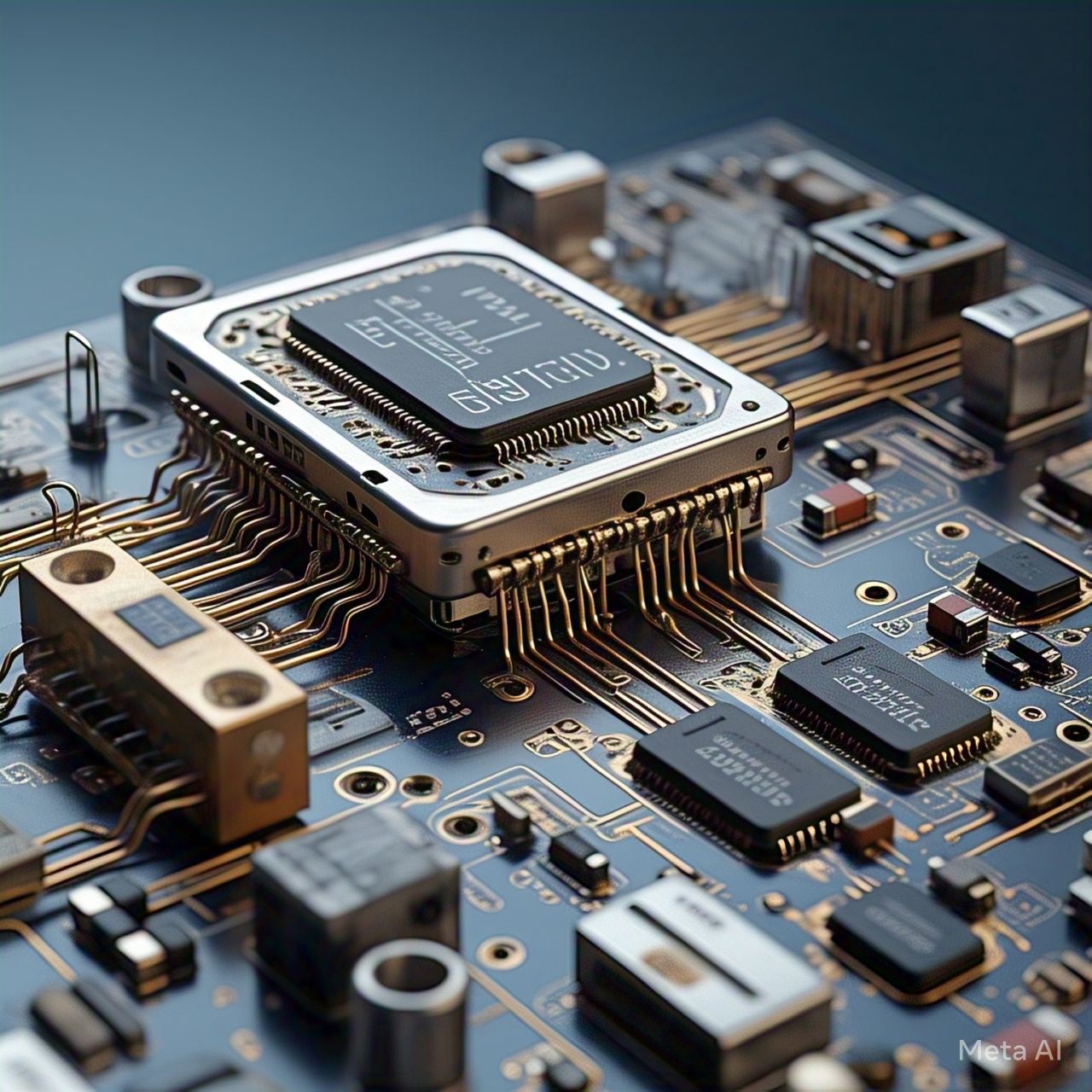Table of Contents
- Introduction
- What is Neuromorphic Engineering?
- The Core Principles of Neuromorphic Computing
- How Neuromorphic Engineering Enhances Machine Learning
- Comparison: Neuromorphic Chips vs. Traditional AI Processors
- Real-World Applications of Neuromorphic AI
- Challenges and Limitations of Neuromorphic AI
- The Future of Machine Learning with Neuromorphic Computing
- Ethical Considerations and Societal Impact
- Conclusion
- FAQs
1. Introduction
Artificial Intelligence (AI) has made significant strides, yet traditional machine learning (ML) models still face challenges in efficiency, adaptability, and real-time processing. Neuromorphic engineering, a field inspired by the structure and function of the human brain, is revolutionizing AI by making it more efficient and intelligent. This article explores how neuromorphic engineering is shaping the future of machine learning.
2. What is Neuromorphic Engineering?
Neuromorphic engineering is an interdisciplinary field that focuses on designing hardware and algorithms inspired by biological neural systems. Unlike conventional AI that relies on brute-force computation, neuromorphic computing aims to mimic the efficiency and adaptability of the human brain.
3. The Core Principles of Neuromorphic Computing
Neuromorphic computing is based on several key principles:
| Principle | Description |
|---|---|
| Spiking Neural Networks (SNNs) | Models information processing based on discrete spikes, similar to biological neurons. |
| Event-Driven Processing | Instead of continuous computation, neurons fire only when necessary, reducing energy consumption. |
| Synaptic Plasticity | The system adapts by strengthening or weakening connections over time, mirroring human learning. |
| Parallel Processing | Unlike traditional CPUs, neuromorphic chips process multiple data streams simultaneously. |
4. How Neuromorphic Engineering Enhances Machine Learning
Neuromorphic engineering addresses several shortcomings of traditional machine learning models:
- Lower Energy Consumption: Neuromorphic processors use significantly less power than GPUs and TPUs.
- Real-Time Processing: Faster decision-making in dynamic environments, essential for robotics and autonomous systems.
- Efficient Learning: Adaptive learning mechanisms allow AI to train on-the-fly without large datasets.
- Better Generalization: Reduces overfitting by mimicking human cognitive processes.
5. Comparison: Neuromorphic Chips vs. Traditional AI Processors
| Feature | Traditional AI Processors | Neuromorphic Chips |
| Processing Style | Sequential | Parallel & Event-Driven |
| Energy Efficiency | High Power Consumption | Extremely Low Power |
| Learning Adaptability | Requires Extensive Training | Self-Adapting |
| Real-Time Decision Making | Limited | Optimized |
6. Real-World Applications of Neuromorphic AI
6.1 Healthcare
- AI-driven medical diagnostics that continuously learn from new patient data.
- Brain-machine interfaces (BMIs) to assist individuals with neurological disorders.
6.2 Autonomous Systems
- Self-driving cars that process sensory inputs in real-time.
- Drones with improved decision-making abilities.
6.3 Smart Sensors and IoT
- Adaptive AI assistants that improve based on user interactions.
- Energy-efficient IoT devices that respond intelligently to environmental changes.
7. Challenges and Limitations of Neuromorphic AI
Despite its promise, neuromorphic AI faces several challenges:
- Complex Hardware Development: Manufacturing neuromorphic chips is intricate and expensive.
- Limited Software Support: Traditional ML frameworks are not fully optimized for neuromorphic processors.
- Scalability Issues: Expanding networks while maintaining efficiency is a key challenge.
8. The Future of Machine Learning with Neuromorphic Computing
Neuromorphic computing is set to transform machine learning by enabling AI to be:
- More energy-efficient
- Adaptive to real-world environments
- Capable of continuous learning without retraining
With ongoing research from companies like Intel, IBM, and Google, we can expect neuromorphic AI to become a mainstream technology in the coming years.
9. Ethical Considerations and Societal Impact
9.1 AI Autonomy
As AI systems become more independent, ethical concerns about decision-making authority arise.
9.2 Privacy and Security
Real-time learning and adaptive AI systems may raise privacy concerns if misused.
9.3 Workforce Disruption
Neuromorphic AI has the potential to replace certain jobs, requiring industries to adapt to this change.
10. Conclusion
Neuromorphic engineering is revolutionizing AI by making machine learning faster, more adaptive, and energy-efficient. While challenges remain, the potential benefits far outweigh the drawbacks. As research advances, neuromorphic AI could become the foundation for next-generation intelligent systems.
11. FAQs
1. How is neuromorphic computing different from traditional AI?
Neuromorphic computing mimics the brain’s structure and processes to enable more efficient and adaptable AI models.
2. Can neuromorphic AI surpass human intelligence?
While neuromorphic AI brings AI closer to human-like intelligence, surpassing human cognition is still a long-term challenge.
3. What industries will benefit most from neuromorphic AI?
Healthcare, robotics, IoT, autonomous vehicles, and adaptive computing are expected to gain the most from neuromorphic AI.
4. Are neuromorphic chips commercially available?
Companies like Intel (Loihi), IBM (TrueNorth), and BrainChip (Akida) are developing neuromorphic processors for commercial use.
5. What are the main obstacles to widespread adoption?
High manufacturing costs, limited software support, and scalability challenges are key hurdles to widespread implementation.




